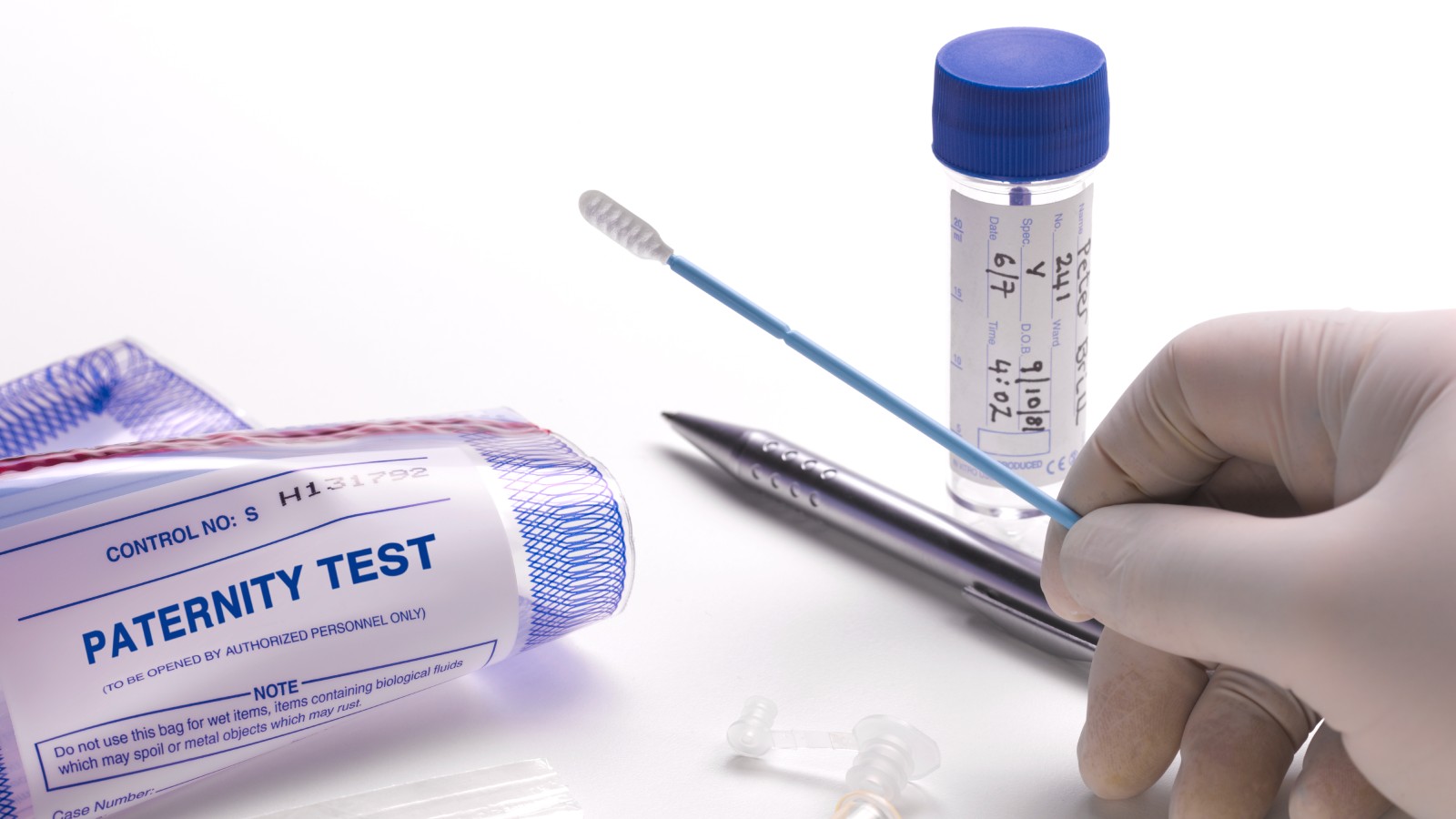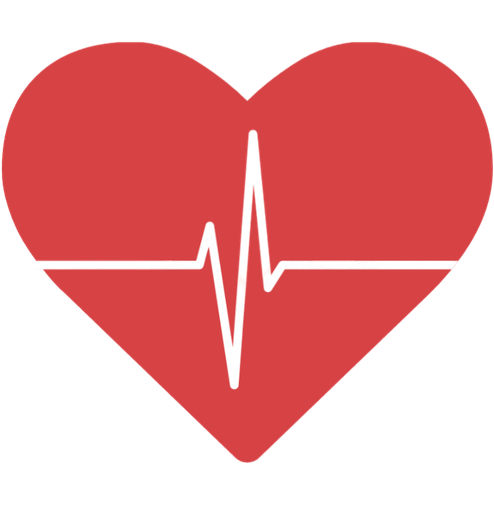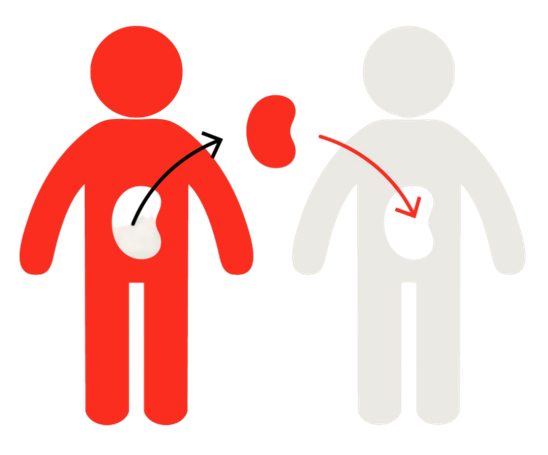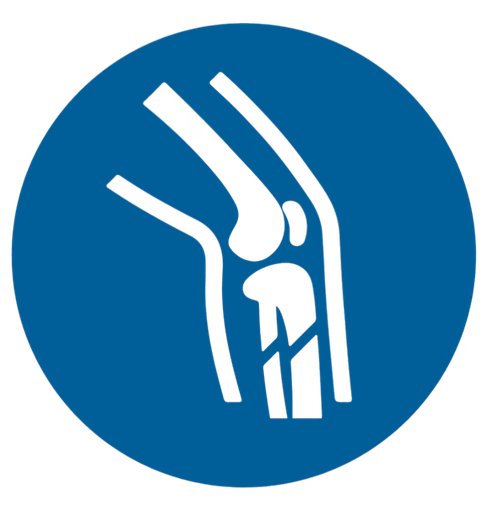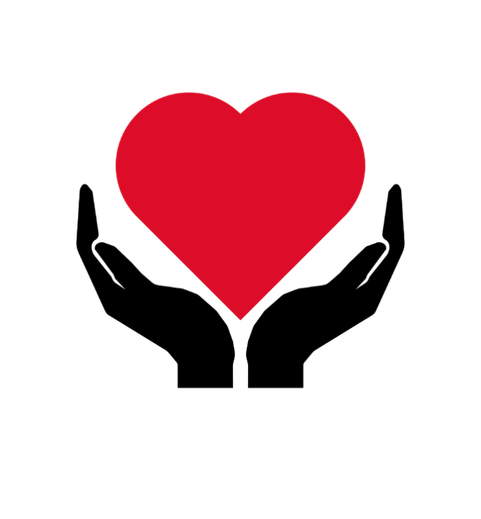Genetic Screening & Selection
Phoenix Life Sciences International is a privately owned organization with offices in Dubai & Cairo offering
innovative solutions in Human genomics and Agri-genomics services, quality management systems and operational
auditing. We provide the entire spectrum of all genetic related services.
Phoenix Life Sciences International has extensive experience in genetic testing technology with its own
patented technology using its tools as PXLI’s AgriGene solutions as part of its Agri-genomics portfolio
whichaccelerates genomic breeding decisions by offering high-throughput accurate data on individual animal
values. Breeders and producers can capitalize on these advances by focusing on specific herd needs to select
economically relevant traits (ERTs) to improve animal value and profitability.


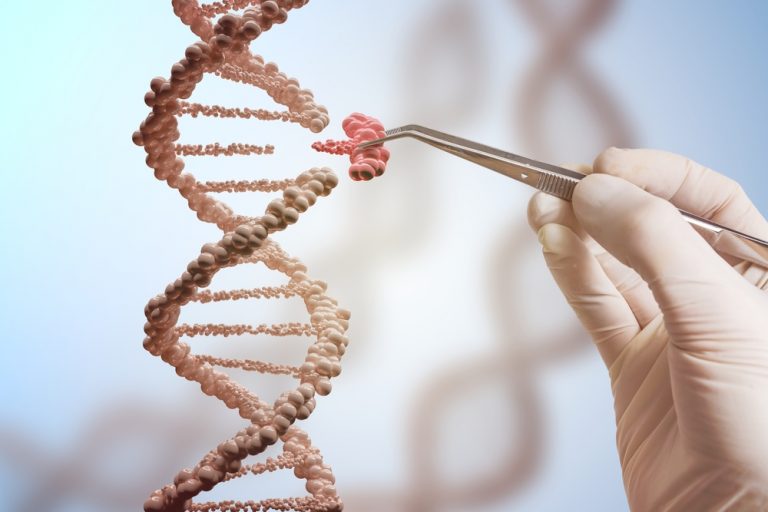
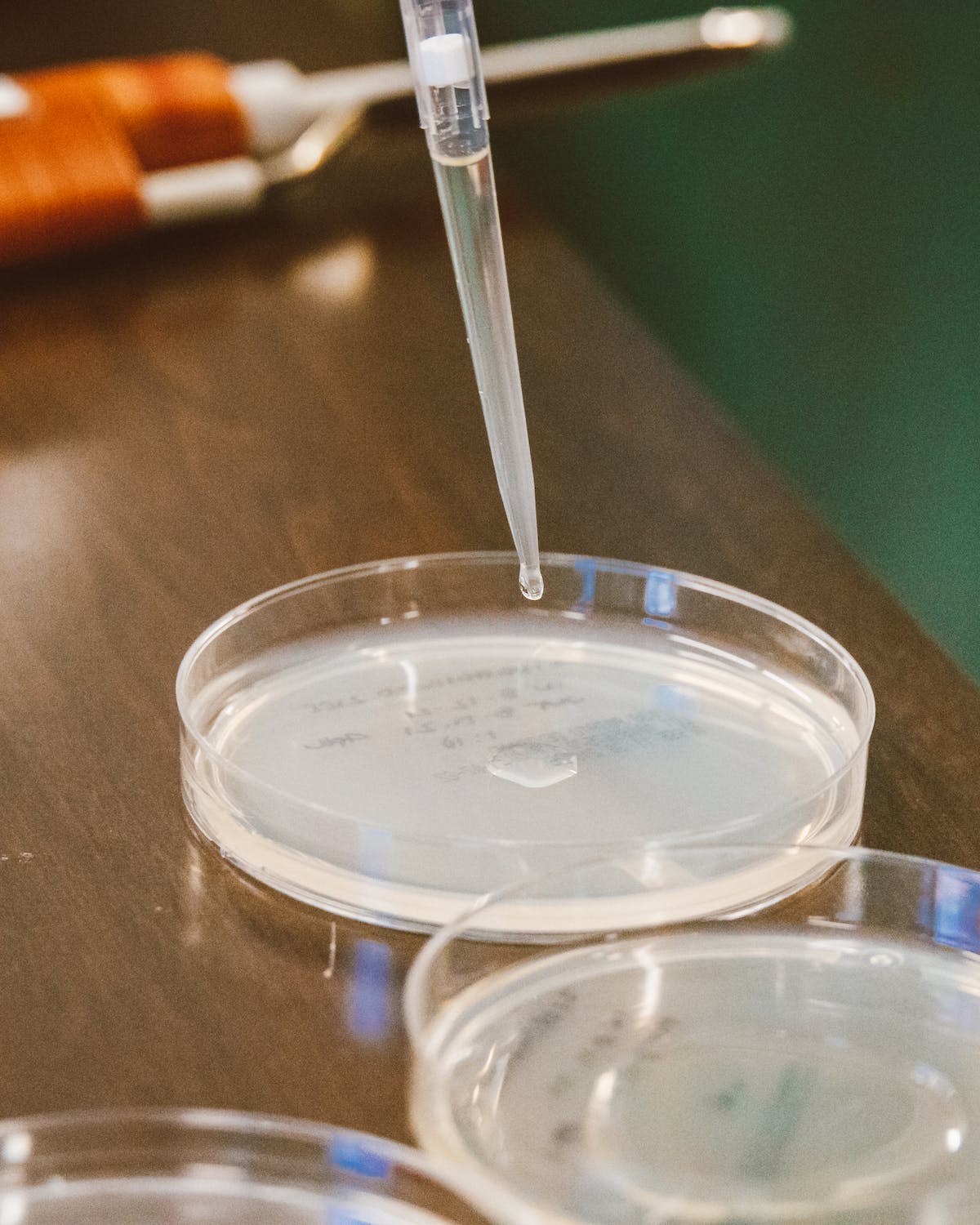
.jpg)
